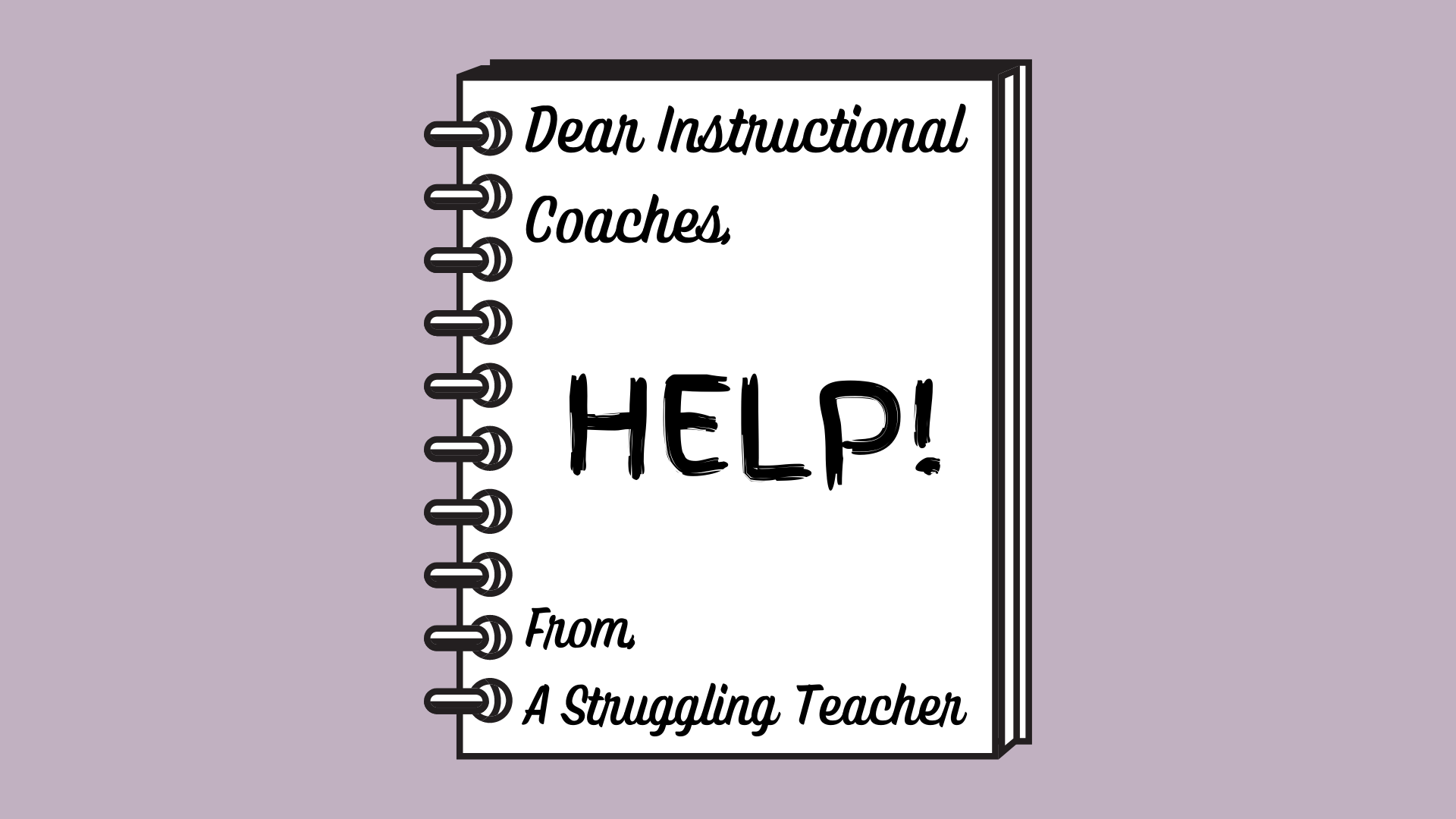We all understand that we need to use our devices to conduct a lot of the instruction and assessments during this crisis learning situation. We also need to be considerate of the amount of time that we are asking students to work on screens. We cannot sacrifice good teaching strategies like movement, collaboration, critical thinking, and engineering while we’re away from buildings. The following activities are here to bring some creativity to your assessments.
3 Card Matching Game
After assigning a list of vocabulary words for students to learn, have them create one card for each vocabulary word, one description card for each vocabulary word, and one illustration card for each word. Once the cards are created students can use them as a study tool. Shuffle the cards face up and spread them out. Then play a matching game trying to locate vocabulary, descriptions, and illustrations. Depending on the number of vocabulary words this task can be quite difficult. You may want to encourage students to keep vocabulary, descriptions, and illustrations in separate columns.
Reminder: Adding images to terms is one of the best way to help ENL students build their vocabulary.
Ask 10 Questions
Assign students a vocabulary word, a process, a character, an event, etc. and have them ask 10 questions about the assigned material. For example, if you assigned the word “snow,” students would need to come up with 10 questions about snow. The list may look like this to start:
| What is white? |
| What is a type of precipitation? |
| What is something that can change form in different temperatures? |
| What is something that my dog turns yellow? |
The longer the list, the more creative the questions will get. If students are working alone you will also be able to see students’ depth of knowledge as questions get more abstract. Plus, you’ll have a clue to answer-sharing because each list of questions should be fairly unique.
Creative Exit Tickets
Use creative exit tickets to check for student understanding after a task or activity. Ask students to design a billboard, create a Snapchat post, write a commercial, or design a video game about the lesson provided. Think beyond one-word or one-sentence responses. See this exit ticket template to help guide you into creative exit tickets.
Using Legos (or other building manipulatives) to Build
Inspiration for this comes from the new TV show Lego Masters. Have your students plan and build concepts that you are learning in class. Students could also use models or manipulatives to create short videos (with Clips, Stop Motion Studio, etc) demonstrating processes or sequences they’ve been practicing. Here are some ideas to get started:
| Subject | Ideas for Builds |
| Biology | Cellular Processes |
| World Languages, ELA, Social Studies | Create scenes, characters and events |
| Physics/Engineering | Design a Bridge |
| Math | Model ratios and fractions |
There are so many ideas out there that searching, “Lego ideas for [your subject]” will return dozens and dozens of sites like this one, full of ideas for teachers, parents, and students.
If your students don’t have building materials at home, you can try out this free online builder!
Teacher Scavenger Hunt
Students have different strengths and weaknesses. One way to help maintain relationships is to challenge students to create short teaching videos for one another. I start with a grid of nine questions. Students must find nine different “teachers,” one for each different question on the grid. The student must pay attention to the lesson and then record their understanding of the concept in the box and then record the “teacher” name. In the classroom setting, you need to be careful that teachers teach and students record. Teachers cannot simply write out the answers.
Since we’re not in classrooms, this could be done by having students post videos to a Canvas Discussion or Seesaw activity. You could even use an app like Flipgrid with different topics set up for students to respond to.
As a teacher, I always play the game as well to fill in areas that no one wants to tackle and to pick up on misunderstanding during the process. This allows me insight on how to redirect my teaching.
Varying your assessment and feedback on learning will help students continue to engage in the class, whether it is in person or online. Do you have other strategies or tips that have worked well? Let us know in the comments below!




I have used a couple of these and am very interested in using one more. As a 30 some year teaching veteran it is stimulating to be able to find new strategies that work and are relatively easy to implement in the classroom! Thanks!